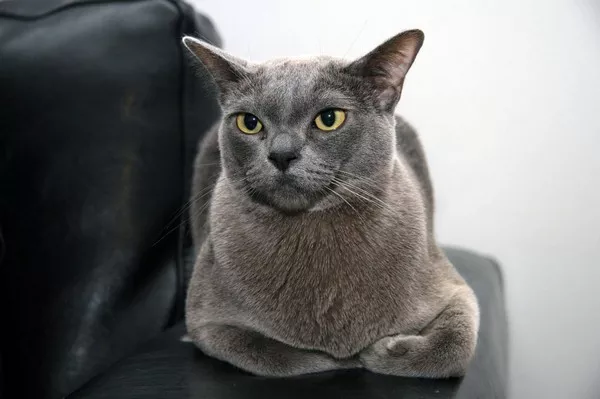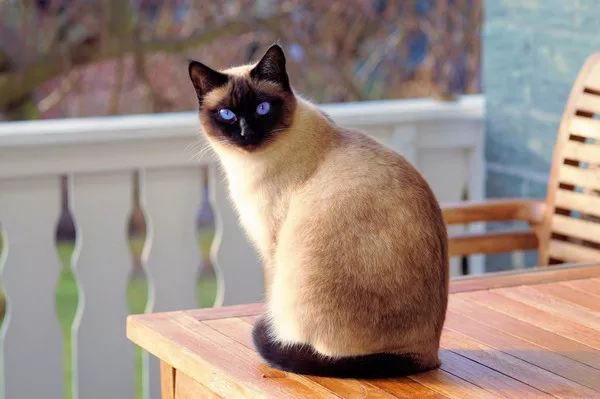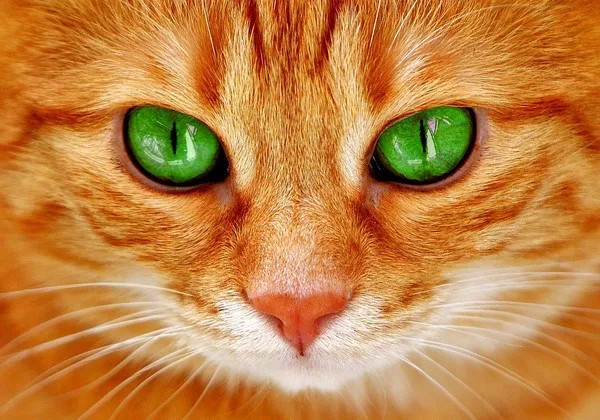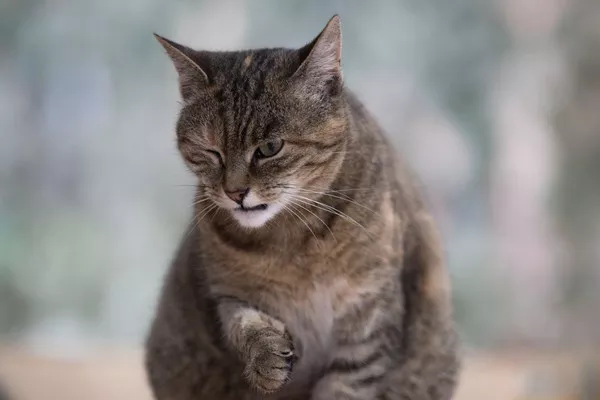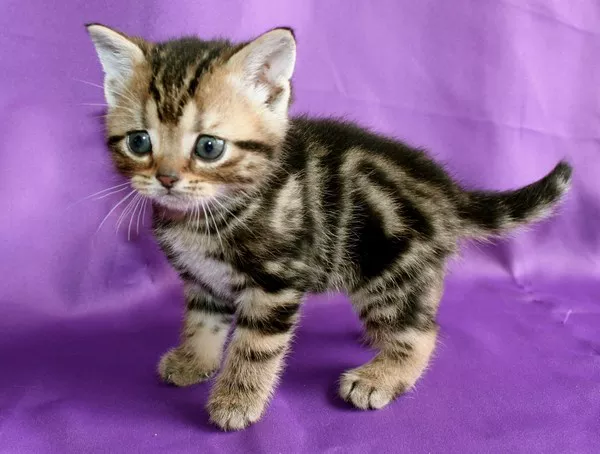Burmese cats, with their mesmerizing eyes and silky coats, are a popular and cherished breed among cat enthusiasts. One of the most captivating features of Burmese cats is their unique coat coloration. In this article, we will explore the genetics that determine the color of Burmese cats’ coats, the factors influencing their hues, and the role of responsible breeding practices in maintaining the breed’s signature appearance.
Understanding the Burmese Cat Breed
1. Origins and Characteristics
Burmese cats originated in Southeast Asia and are known for their distinctive appearance, including their compact build, round faces, and expressive eyes. Their coat colors contribute significantly to their charm.
2. Coat Color Varieties
Burmese cats come in various coat color varieties, each with its own set of genetic factors. The primary coat colors include sable, champagne, blue, and platinum.
The Role of Genetics
1. Coat Color Genes
The genetics of coat color in Burmese cats are influenced by a set of genes that determine the distribution and intensity of pigments in their fur.
2. Melanin and Pigmentation
Two main types of melanin, eumelanin (black pigment) and phaeomelanin (red pigment), play a crucial role in determining the base color and pattern of a Burmese cat’s coat.
The Sable Gene
1. The Dominant Gene
The sable gene (cb) is responsible for the rich and distinctive coat color of most Burmese cats. It is considered a dominant gene and is responsible for the dark coloration.
2. Role in Coloration
The sable gene produces eumelanin in higher concentrations, resulting in the deep brown or black appearance of the cat’s fur.
Factors Influencing Coat Color
1. Dilution Genes
Dilution genes, such as the blue and platinum genes, influence the intensity of the coat color by diluting the eumelanin pigment.
2. Epistatic Interactions
Genetic interactions, known as epistasis, also play a role in the final coat color of Burmese cats. Some genes may mask or modify the expression of other genes, leading to variations in color.
Responsible Breeding Practices
1. Avoiding Color-Linked Issues
Responsible breeders take into consideration the potential genetic health issues linked to coat color genes. Genetic testing helps prevent breeding pairs that could result in health problems.
2. Preserving Genetic Diversity
Breeding practices that maintain genetic diversity are essential for preventing the accumulation of undesirable traits and ensuring the long-term health of the breed.
Expert Insights
1. Geneticist’s Perspective
Dr. Sarah Johnson, a renowned feline geneticist, emphasizes, “Understanding the genetics of coat color in Burmese cats is essential for responsible breeding. Breeders should prioritize health and genetic diversity to maintain the breed’s stunning appearance.”
2. Breed Associations
Burmese cat breed associations often provide resources and information for breeders and enthusiasts interested in learning more about the genetics behind coat color.
Breeding for Coat Color
1. Breeding for Desired Colors
Responsible breeders strive to produce Burmese cats with the desired coat colors while prioritizing the health and well-being of the kittens and the breed.
2. Monitoring and Adjusting
Breeders closely monitor coat color outcomes in their litters and adjust breeding plans based on genetic outcomes and health considerations.
Conclusion
In conclusion, the captivating coat colors of Burmese cats are the result of intricate genetic interactions that involve pigments, dilution genes, and complex genetic patterns. The sable gene’s dominance and its role in producing the rich brown hues are central to the breed’s characteristic appearance. Responsible breeding practices, genetic testing, and expert insights contribute to the preservation of both the stunning coat colors and the overall health of Burmese cats. As the enchanting Burmese cat continues to capture hearts worldwide, understanding the genetics behind their coat colors enhances our appreciation for this beloved breed’s uniqueness and allure.

